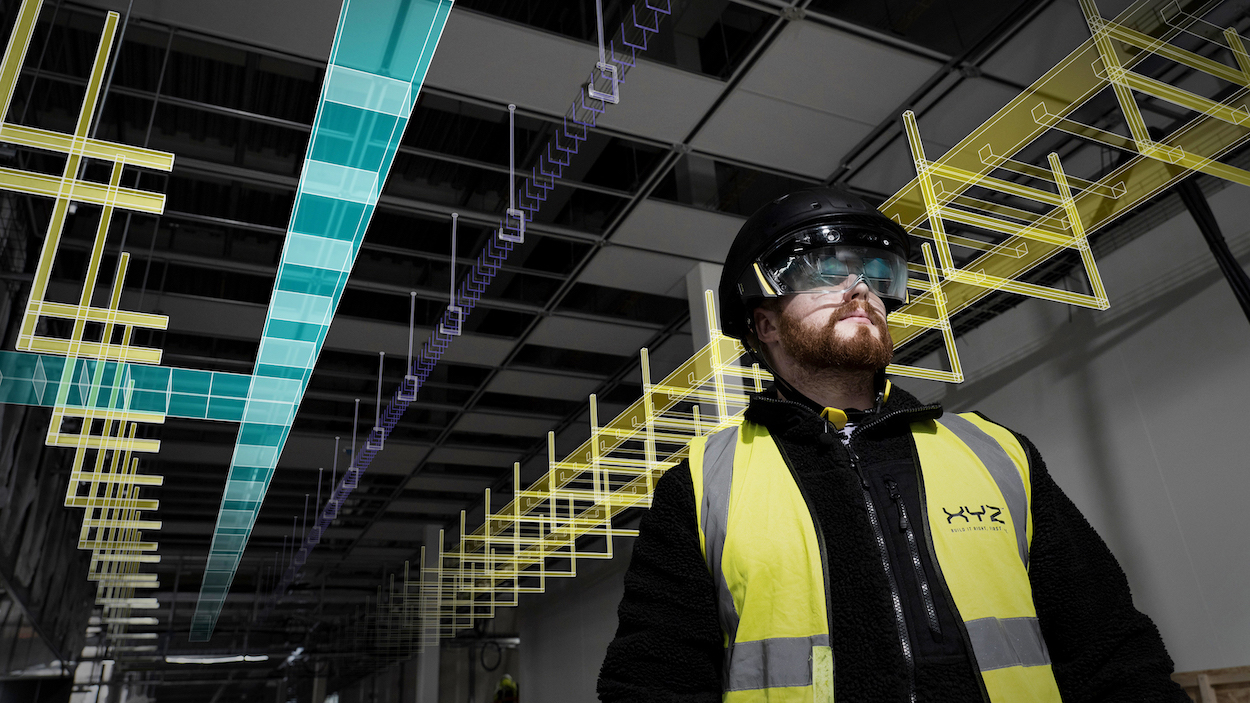
Those planning to use augmented reality (AR) on site must consider the safety risks in order to reap the benefits of such technology.
This simple warning comes from the Augmented Reality for Enterprise Alliance (AREA), a global non-profit, member-based organisation dedicated to widespread adoption of interoperable AR-enabled enterprise systems. It has published an infographic that not only reinforces the benefits, but highlights the risks of deploying AR in the workplace.
AREA’s infographic states: “Key concerns include distraction, physical hazards like compromised vision, motion sickness, fatigue from device weight, cybersecurity risks due to connectivity, and legal/ethical dilemmas regarding privacy and consent. Mitigating these risks is essential for responsible AR development and deployment.”
The infographic is intended to be used as an educational tool for those developing their AR plans. By giving careful consideration to safety before deploying AR solutions, organisations may be able to avoid issues before they occur, AREA states.
The infographic goes on to break down risks into cognition, sensory and physical.
The risks with AR
Of cognition risks, the AREA infographic states: “AR can strain cognitive resources, leading to distractions, reduced attentional focus, and information overload. Memory retrieval may be hindered by the blending of virtual and real-world elements, affecting task performance and learning. Moreover, the interpretation and integration of AR content require cognitive effort, potentially leading to errors or misunderstandings.”
Turning to sensory risks, the AREA infographic states: “Visual sensory issues include occlusion of real-world objects, perceptual mismatches, and visual fatigue. Auditory sensory issues involve sound localisation and the blending of virtual and real-world auditory cues.”
And of physical risks, the infographic warns: “These challenges include ergonomic issues such as discomfort or fatigue from wearing AR devices for extended periods, especially if they are heavy or poorly fitted. Additionally, users may face obstacles navigating physical spaces while wearing AR headsets, risking collisions or accidents due to compromised peripheral vision or spatial awareness. Ancillary equipment like battery packs or cables can also pose physical hazards.”
Proactive safety measures
BIMplus sought feedback on the infographic from David Mitchell, founder and chief executive of XYZ Reality – developer of the award-winning Atom AR headset. He said: “We welcome the visibility brought by the AREA Safety Infographic, holding ourselves and our industry peers to the highest standard. It serves as a powerful reminder of how crucial safety is, especially in the dynamic and potentially hazardous environments of construction sites. With a track record boasting zero health and safety incidents after 53,000 inspections over 92,000 on-site hours, our commitment to safety is evident.
“When it comes to guiding our customers on using the Atom, we prioritise proactive safety measures. We offer comprehensive guidelines and training sessions (as part of the XYZ University) to ensure that users are well-equipped to operate the headset safely and effectively. As part of our safety protocol, all users are required to complete AR safety checklists before using the device.”
Mitchell concluded: “We understand that safety in construction, particularly in integrating AR technology, is absolutely crucial. It should never be an afterthought; it must be a foundational element of all AR applications in construction, ensuring that we protect our workforce and our work.”
Don’t miss out on BIM and digital construction news: sign up to receive the BIMplus newsletter.














